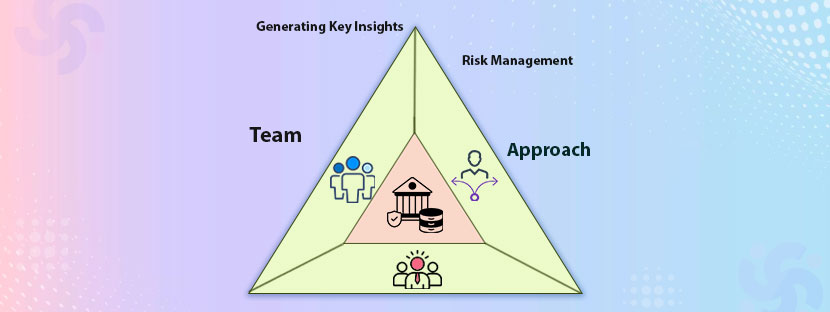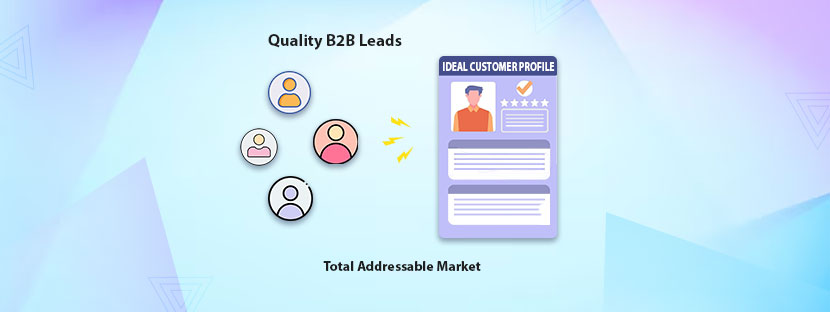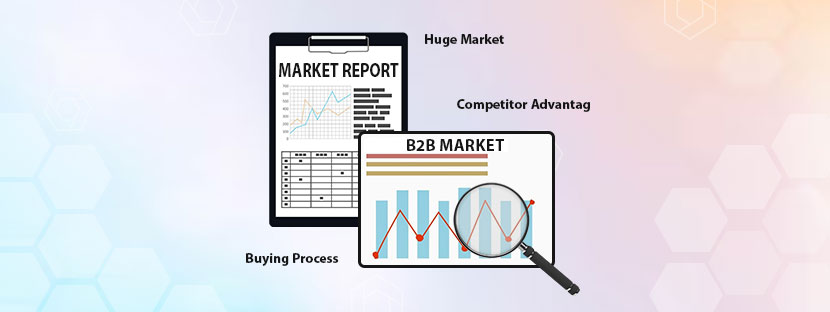Did you know nearly 71% of organizations have adopted data governance programs? They have a strong data governance team. Are you also trying to have such a team?
Well, a high-performance data government team consists mainly of three designations, which are –
- Data governance leads
- Data stewards
- Data analysts
Let’s talk about each of them and how they contribute to making the data governance system strong in this blog.
Data Governance Leads
The data governance lead often holds the title of data governance manager, who manages the entire data governance of the organization. This role is sharply aligned with direct leadership roles. This data governance lead provides insights into long-term business goals and provides an understanding of how other data roles interact with each other. They also help create a data governance strategy aligning with the organization’s objectives. Overall, they ensure that data governance rules and procedures are followed in the organization at the optimal level.
◾Key Responsibilities that the Data Governance Lead Takes Over
Providing a strategic oversight
Data governance officers set strategies and provide vision for the maintenance of data governance protocols in the organization. The protocols include policy definition, data maintenance standards, and procedures. It provides a roadmap on how to manage the data standards within the organization using data governance procedures.
Compliance & Risk Management
Ensure the organization is following all the relevant regulations and protocols for managing associated risks. In other words, the organization has a proper plan to mitigate data breaches and any kind of data threats. Managing data risks and non-compliance issues is a significant responsibility of data governance leads.
Engaging Stakeholders
The data governance manager or lead acts as a bridge between the stakeholders and the executive leadership. It helps organizations to follow the data governance policies throughout the hierarchy.
Data Stewardship
After the data governance lead, data stewards play a significant role in managing the day-to-day data quality management functions. They often provide training to ensure data handling policies are followed in the organization. Data stewards directly report to the data governance managers on their activities. Also, they take help from the data governance managers whenever they face any project roadblocks or managerial concerns.
◾Key Responsibilities that Data Stewards Handle
🔻Data Documentation: Data stewards manage comprehensive documentation of your data assets. It involves elaborate data lineage reports, data dictionaries, and other critical papers. It supports data transparency and also helps data users understand how to use data effectively.
🔻Control Data Access: Data stewards ensure that your data access controls are in the right hands and secure. They prevent unauthorized access to reach data control mechanism. Also, they manage data permissions and make sure all data is compliant with data privacy regulations.

Data Analysts
After data governance leads and data stewards, data analysts play a critical role in interpreting data and driving businesses towards making decisions. Data analysis is the process of making raw data into actionable information. Data analysts make the job of decision makers easier. They ensure your organization gets the leverage of data assets effectively.
◾Key Responsibilities of Data Analysts
🔻Data Analysis and Reporting: Data analysts apply various methods using different analytical tools for analyzing data as well as creating reports. Reports generated by data analysts help decision makers understand trends, patterns, and find anomalies within their established data systems.
🔻Generating Key Insights: Data analysts interpret data to identify key trends, which help decision-makers to make strategic decisions. They basically reveal opportunities to improve data patterns and highlight key areas to focus on.
🔻Visualize Data: Visuals help to digest complex data structures. Data analysts create visuals to explain complex data and make it more accessible and understandable. Overall, it helps in decision-making by presenting the data in a more actionable and clean format.
3 Pillars of Data Governance Excellence
A certain parameters needs to be followed in order to bring data governance excellence into your organization. Mainly, it consists of three pillars. Let’s talk about it.
Leadership
Establishing a data-centric culture in the organization is extremely important for compliance with data governance rules. Data governance is a program that needs to be implemented via strong leadership. The role of the chief data officer (CDO) is relevant here to increase data literacy within the organization. Leadership plays an important role in ensuring the implementation of data governance principles. They support data executives and secure the funding of various data initiatives.
Teams
Effective team collaboration is extremely important for managing data governance protocols. Data governance includes the participation of all teams and roles that handle different aspects of data stewardship and management. Maintaining a synergy between various teams helps balance the data quality, data integrity, and alignment. To maintain the effectiveness of the different teams, there must be a council along with different committees. By sitting together, these committees and councils can bring data structure, collaboration, and direction to the data governance strategy.
Approach
After setting up the team and the leadership, all we need is some strategies or approaches to implement data governance principles. Based on the situation of the organization, approaches to implement data governance measures can be changed. For example, to implement data governance at the grassroots level, there is nothing better than the bottom-up approach. Further, if the organization wants to execute data sponsor programs or executive buy-in, a top-down approach is more suitable for that.
Overall, these three pillars develop the structural foundation for implementing a successful data governance program. A coordinated and well-balanced effort is needed to bring these pillars to life and to achieve data governance excellence.
Develop a Sharp Data Governance Framework
It requires more than just hiring skilled people to build a high-performance data governance team. All the key responsibilities and roles should be aligned with the organization’s established data governance objectives. Establishing key data governance principles is utterly important for building data integrity, security, and compliance within and outside of the organization.
All the key roles discussed in this blog play a pivotal role in ensuring your data is of high quality, actionable, and follows all the regulatory compliances. Over time, data volume will increase, and the complexity of the data will become more intense. At that time, data governance principles can guide the organization to make necessary adjustments and remain viable.











